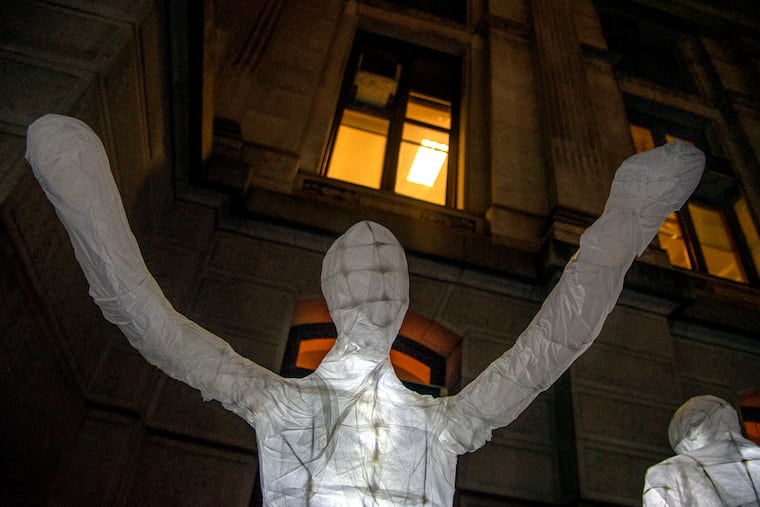Suicide doesn’t increase during the holidays, but the media perpetuates that myth, new Penn study finds
A new analysis by the Annenberg Public Policy Center found that more than half of media references of the “holiday-suicide myth” last year failed to debunk it.

This story contains references to suicide. If you or someone you know is thinking of suicide, call or text 988.
Do suicide deaths really spike during the winter holidays, as is so often claimed in the media?
To the contrary: Historically, December has the lowest suicide death rate. Yet the myth that suicide deaths increase in the “jolly season” persists — potentially putting people who are vulnerable at risk, psychologists say.
Researchers at the Annenberg Public Policy Center at the University of Pennsylvania found close to 900 media references to the “holiday-suicide myth” published mid-November through January over the last 23 years. And in only nine of those 23 years were there more stories debunking the myth than supporting it.
The latest analysis, released earlier this month, found that during last winter, only 25 stories made the connection between the holidays and rise in suicide, but more than half portrayed it as true.
The holidays and the end of the year can be an emotional time for people, said Dan Romer, a psychologist and research director of the Annenberg Public Policy Center. Some people might feel anxious taking stock of the last year, while others might struggle with the shorter days and seasonal affective disorder. The holidays can be especially difficult for people who don’t have family to spend the occasion with.
Romer said that the holiday-suicide myth might come from a place of good intentions, wanting to help and shed light on a problem. But it can be harmful when suicide is portrayed as a popular way to solve a problem.
“It can have a contagious effect,” he said.
Suicide is a leading cause of death of young people in the U.S., according to the Centers for Disease Control and Prevention. The overall number of suicide deaths increased by 35% between 1999 and 2018. The suicide rate declined in 2019 and 2020, but rose again in 2021, when nearly 48,000 people died by suicide.
The suicide death rate does vary throughout the year, and it is actually the lowest in December. In 2021, there were 15% more suicide deaths in August than there were in December, according to provisional estimates from the CDC.
Romer sees some progress toward ending the myth: Large publications rarely make the false claim that suicide death increases during the holidays anymore. But the myth remains common at smaller, local media outlets, he said.
And while there could be harm in repeating the holiday-suicide myth, that should not discourage anyone from reminding others to reach out to people in their lives who might be lonely or having a hard time during the holiday season.
“We should, of course, be reaching out to people who are in crisis,” Romer said.